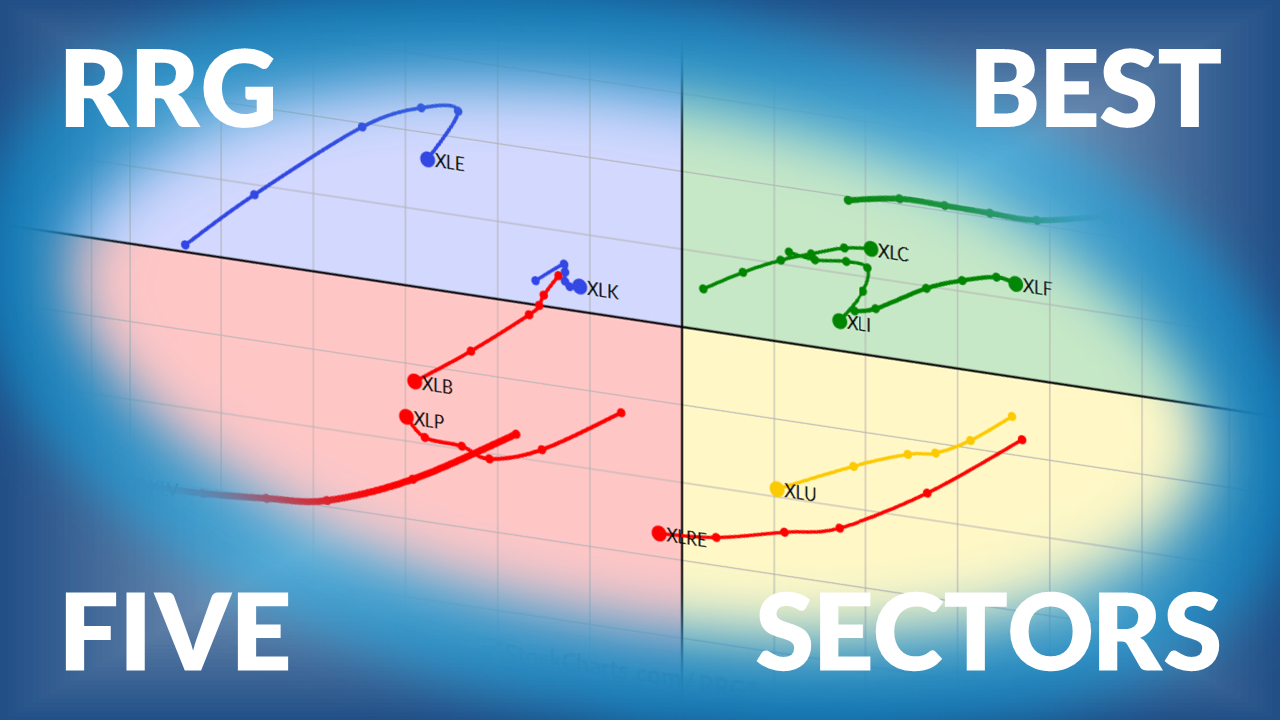WEAKER DOLLAR HELPS GOLD MARKET TURN UP FROM OVERSOLD AREA -- THE LONGER-TERM TREND FOR GOLD, HOWEVER, IS STILL DOWN -- WEAKER DOLLAR IS ALSO HELPING EMERGING MARKET CURRENCIES AND STOCKS -- CANADIAN AND GERMAN ISHARES ARE TESTING OVERHEAD RESISTANCE
DOLLAR PULLS BACK AS EURO AND YEN BOUNCE... The U.S. Dollar continues the downside correction that started in early July. The green bars in Chart 1 show the U.S. Dollar Index (UUP) trading at the lowest level in a month. The blue line line shows the Euro climbing during those same two weeks, after bouncing off chart support at its late March low. The Euro has the biggest influence (57%) on the direction of the Dollar Index. Even the yen is starting to bounce. The orange bars (below chart) show the yen stabilizing during July, and remaining above chart support at its May low. The yen bounced after the Japaneses Prime Minister's Liberal Democratic Party regained control of the upper house of Parliament over the weekend. The expectation for more Japanese quantitative easing helped spark a strong rally in gold.

(click to view a live version of this chart)
Chart 1
OVERSOLD GOLD BOUNCES OFF SUPPORT LINE... Chart 2 is an updated version of a weekly chart of the Gold Trust SPDR (GLD) shown in my July 11 message, which showed gold in an oversold condition and testing potential support. The support line I was referring to is the 61.8% retracement line measured from the late 2008 low to the 2011 peak (the lowest of the three green lines). As I suggested in that earlier message, that lower line often acts as support. The 14-week RSI line was also in an oversold condition below 30 (orance circle). Since then, the RSI line has climbed above 30 which usually signals the start of a rally attempt. The big question is how far a rally can carry. The weekly bars in Chart 3 show GLD trading over its 10-week average (blue line) for the first time in five months (February). It remains, however, well below its (red) 40-week average which defines the major trend. In addition, the 40-week line coincides roughly with major overhead resistance marked by the horizontal red line drawn under the late 2011/ spring 2012 lows. A 50% retracement of the 2012/2013 decline would carry to $145 which is just below that major resistance area. I'm inclined to view the gold rally as a bear market rally, as opposed to the start of a major new upleg. The same is true of gold miners which have also given a short-term buy signal.

(click to view a live version of this chart)
Chart 2

(click to view a live version of this chart)
Chart 3
GOLD MINERS BPI GIVES SHORT TERM BUY... The July 11 message also showed the Gold Miners Bullish Percent Index ($BPGDM) at the most oversold level possible (at zero) for the first time since late 2008, as shown in Chart 4. [The index measures the % of gold miners in point & figure uptrends]. I explained that the BPGDM would have to rise from zero to eight to signal a possible short-term bottom for gold stocks. Chart 4 shows the index having since risen to 17, which puts it above its 20-day average (green line) for the first time since last November. The point & figure version in Chart 5 shows the last rising X column exceeding the top of its previous X column at 6% to register a short-term buy signal at 8%. [A p&f buy signal is present when a rising X column exceeds a previous X column]. There again, the bigger question is how far the rally can carry. The weekly bars in Chart 6 show the Market Vectors Gold Miners ETF (GDX) also turning up from a deeply oversold condition. The GDX had fallen to the lowest level since 2008, and was the weakest part of the stock market. The GDX has a long way to go to reverse its major downtrend. Chart 6 shows major overhead resistance along its spring 2012 low (red line), which coincides roughly with its falling 40-week average. As in the case of gold, I'm inclined to view the current mining rebound as part of a longer-term downtrend. Investors, however, who have been awaiting a signal to re-enter the gold market might want to take advantage of the current upturn to do some nibbling.

(click to view a live version of this chart)
Chart 4

(click to view a live version of this chart)
Chart 5

(click to view a live version of this chart)
Chart 6
FALLING DOLLAR ALSO BOOSTS EMERGING ASSETS... Emerging markets are also getting a lift from the weaker dollar. Chart 7 shows the Wisdom Tree Dreyfus Emerging Currency ETF (CEW) bouncing off chart support along its 2011/2012 lows. The CEW is still trading below its moving average lines, and has a long way to go to turn its major trend up. The fact that it's bouncing, however, is encouraging for emerging markets. Chart 8 shows Emerging Market iShares (EEM) also bouncing off chart support along its 2012 low. The EEM also has a ways to go to turn its major trend up. The fact that it found support at its 2012, however, is also encouraging. [A weaker U.S. dollar is especially positive for emerging markets tied to commodity markets].

(click to view a live version of this chart)
Chart 7

(click to view a live version of this chart)
Chart 8
CANADA AND GERMAN ISHARES RALLY... Chart 7 shows Canadian iShares (EWC) jumping sharply over the last week, and in the processing of challenging their May peak. The EWC has climbed above both moving average lines. Canadian stocks may also be getting a boost from a stronger Canadian Dollar (green line). Canada stands to benefit from any weakness in the U.S. dollar and any upturn in commodity prices. Europe has also started to show more strength. Chart 10 shows Germany iShares (EWG) nearing a test of their 2013 highs. The EWG may also be getting some strength from a rising Euro. Although most foreign stocks have been lagging behind U.S. stocks, which have already hit new highs, it is encouraging to see so many foreign stocks showing new signs of strength. That includes Japan which has been the world's strongest market this year. While it's encouraging to see foreign stock markets approaching overhead resistance levels, I'll feel more confident about the strength of the global trend when some of them started hitting new highs

(click to view a live version of this chart)
Chart 9

(click to view a live version of this chart)
Chart 10
PERCENT NYSE STOCKS ABOVE MOVING AVERAGES IMPROVES... This is the same headline I used in a July 12 message to show improvement in moving average trends. At the time, the percent of NYSE stocks above their 50-day moving average was trying to climb back above the 40% level. Since then, the blue line has climbed back over 70% (Chart 11). The percent of NYSE stocks trading above their 200-day average was at 63% at the time. Chart 12 shows the red line having also climbed above 70%. The two lines don't tell us much about the future trend of the stock market. They do tell us, however that the present trends of most stocks on the NYSE have improved.

(click to view a live version of this chart)
Chart 11









